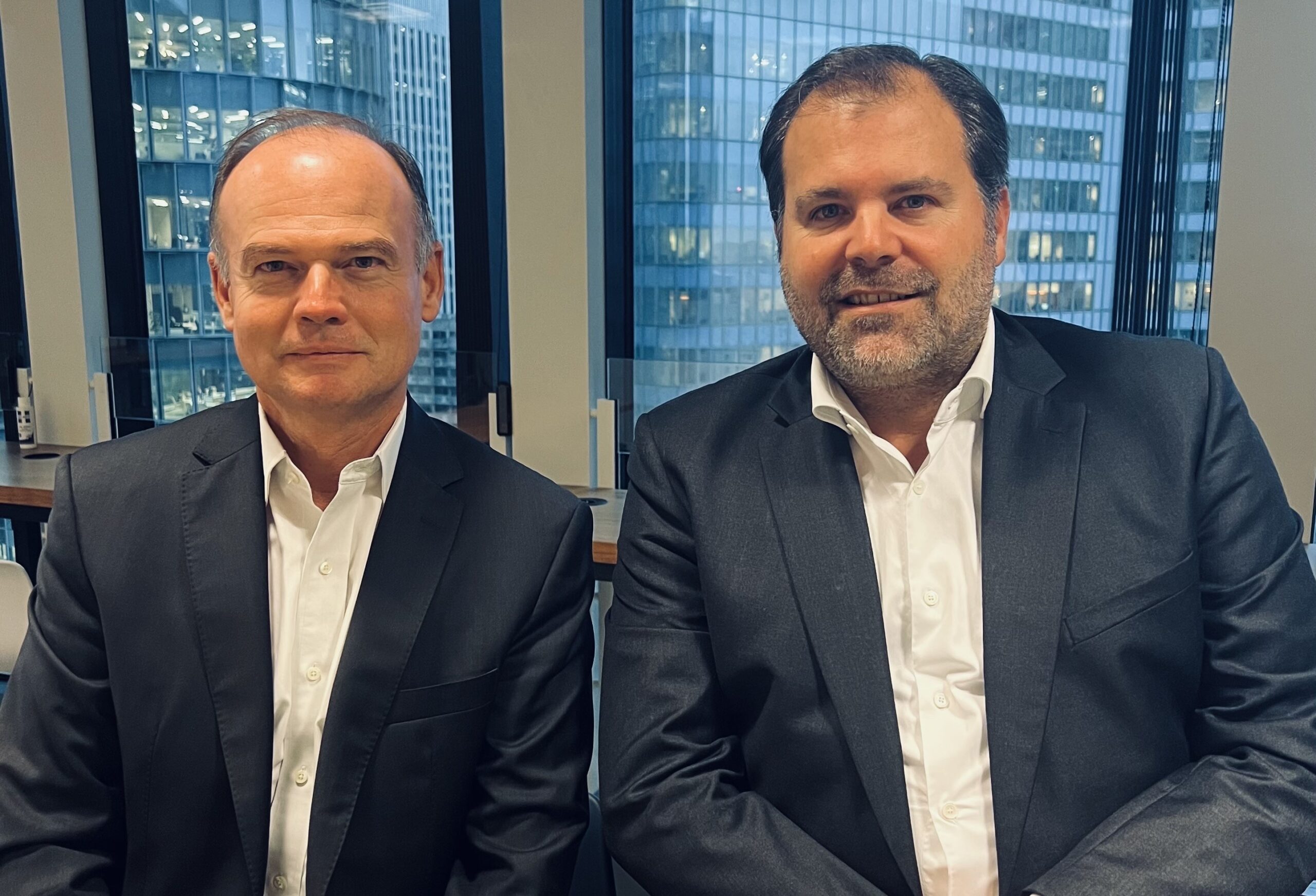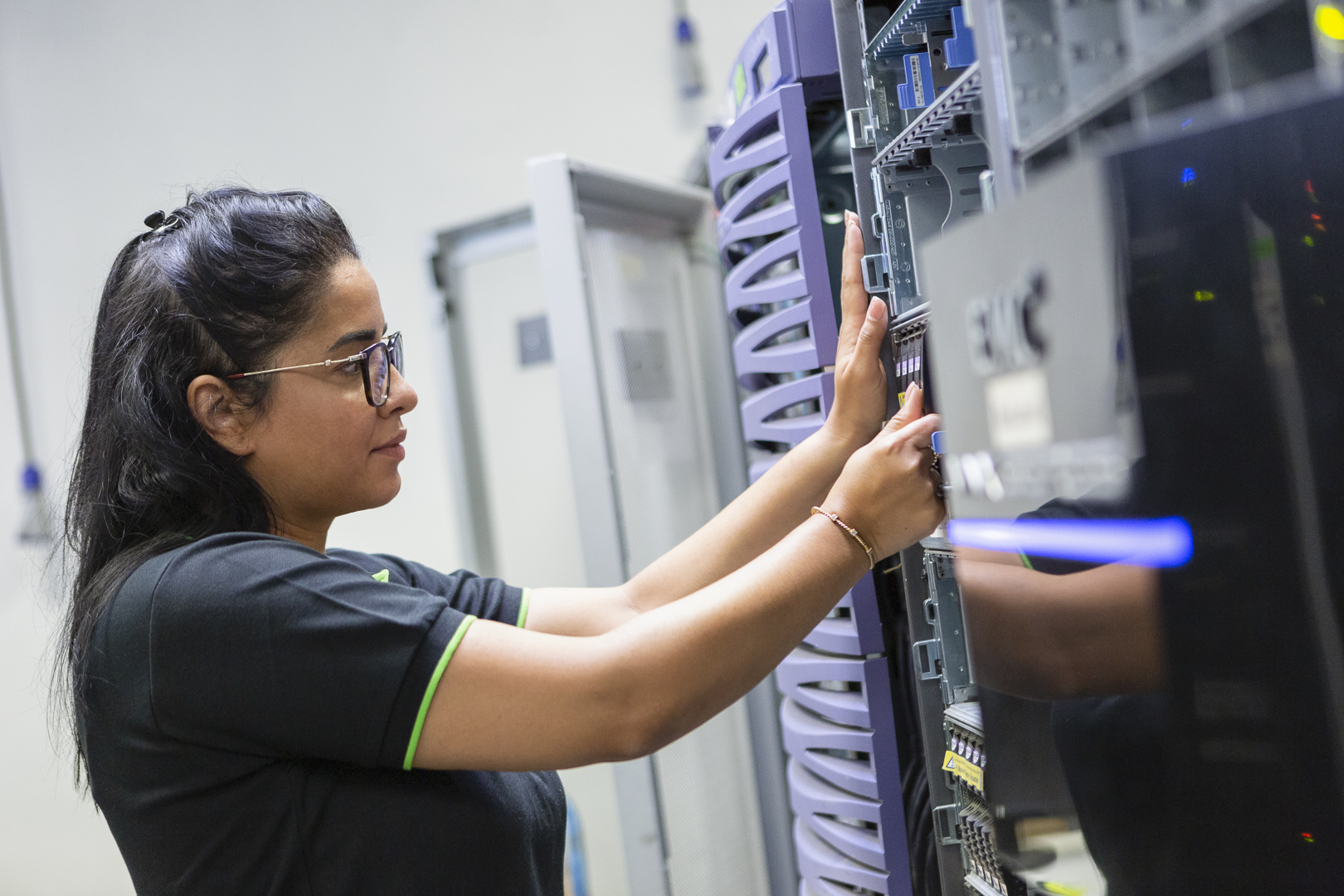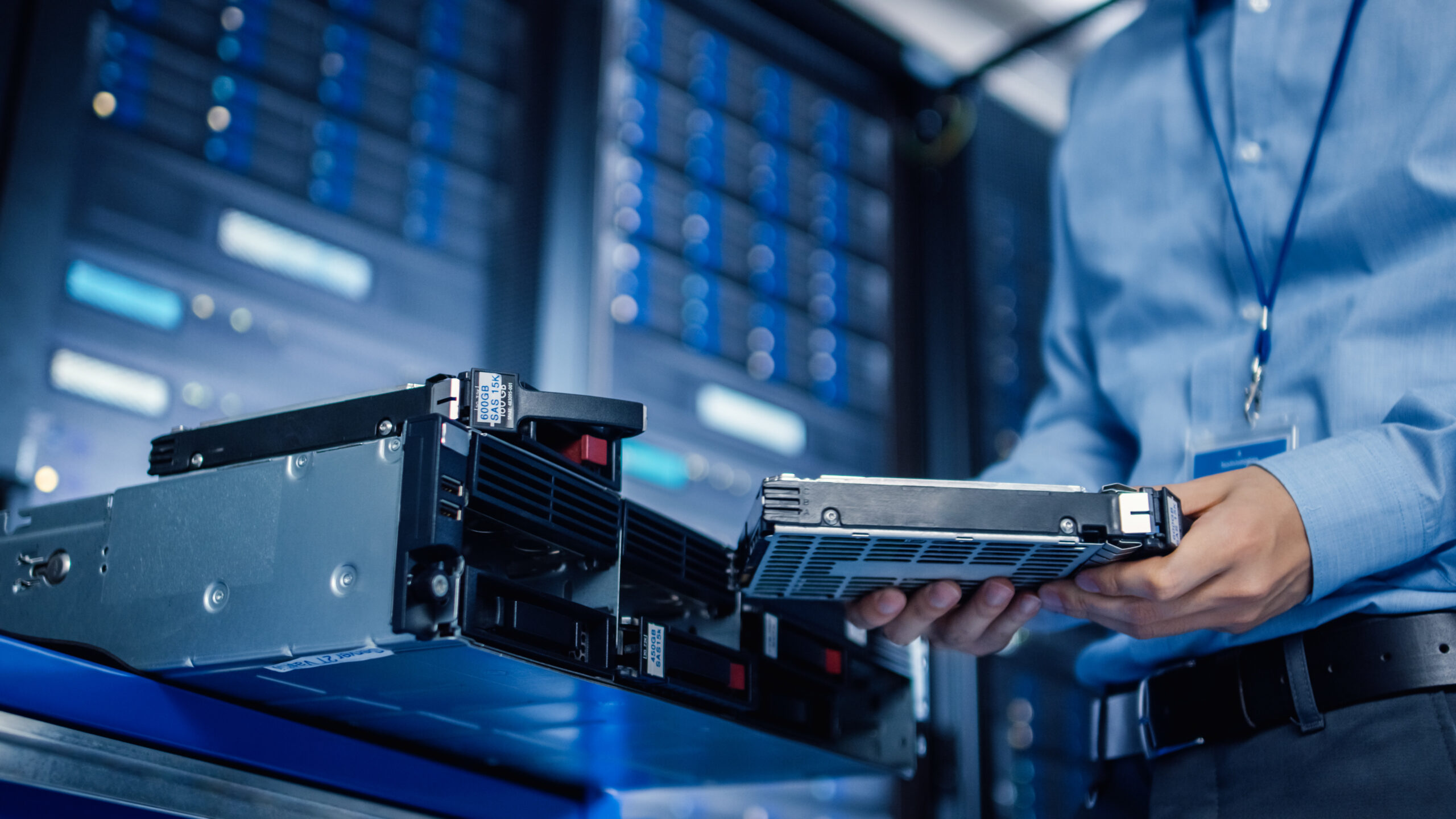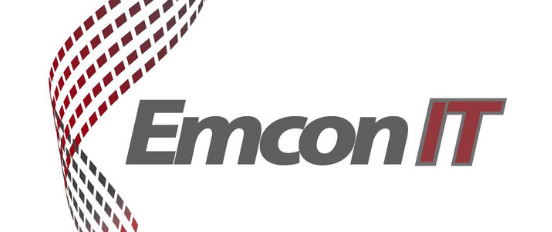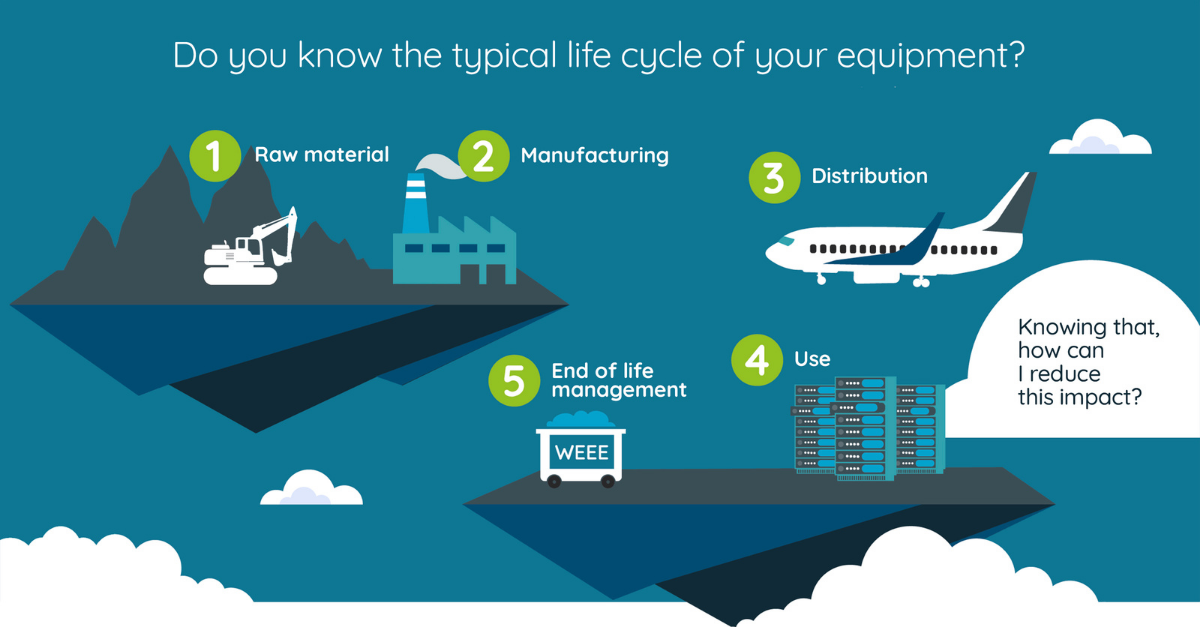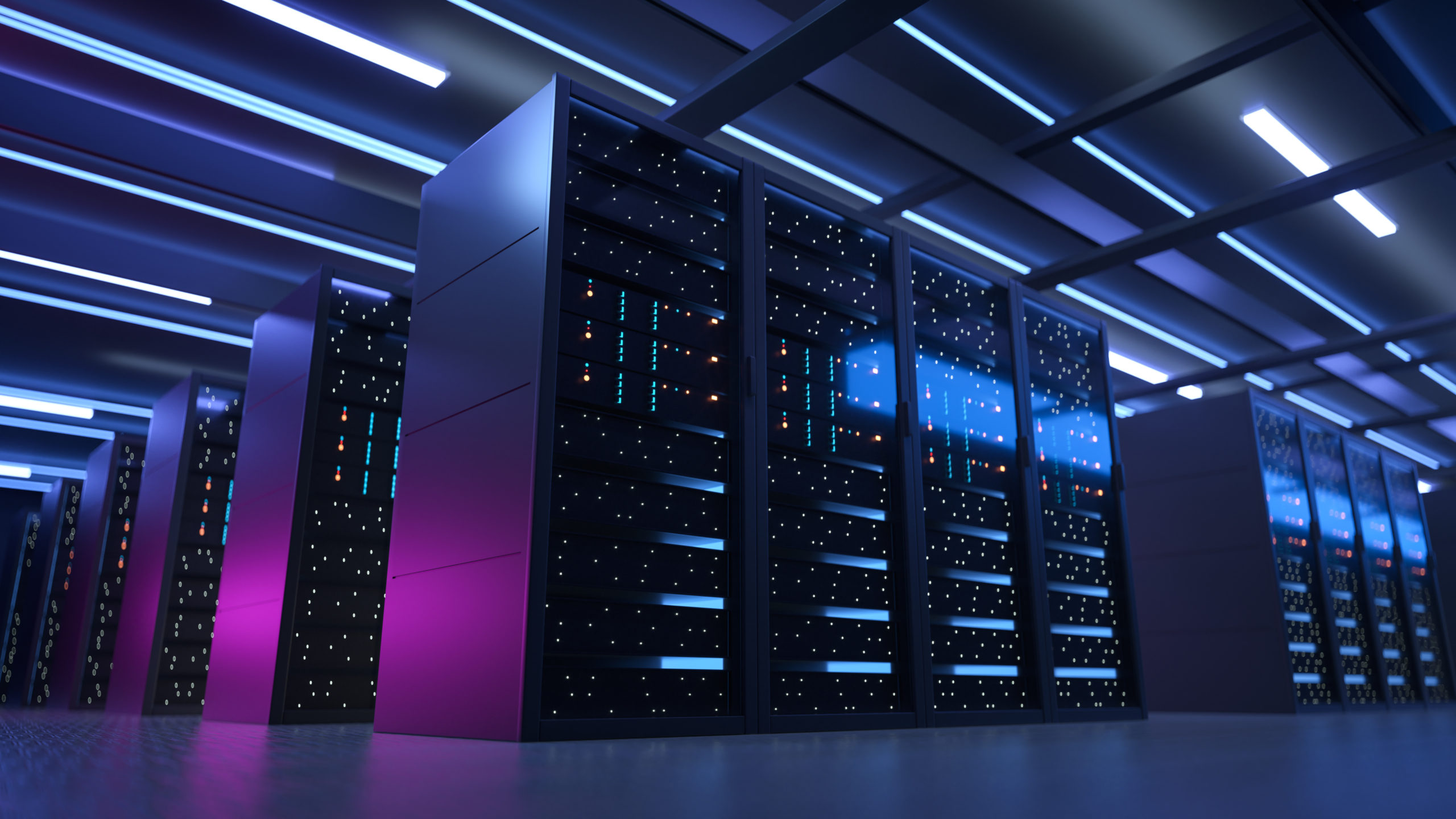Paris, November 9, 2023 – Evernex, a global leader in end-to-end IT asset management, has […]
Read moreIT recycling – how waste becomes valuable to the environment and ROI
7 questions – 7 answers about recycling hardware in data centres
Recycling IT hardware is important in order to preserve the environment – and in two respects. Recycling is primarily associated with the fact that it can minimise the almost unbelievable quantities of electronic waste. But there is also a second important aspect. In its annual report for 2021, the impact organisation Circle Economy concluded that an optimised recycling economy could reduce global CO2 emissions by 39 per cent. Recycling and reusing valuable raw materials play a central role in this concept.
In his answers to seven questions, Jean-Marc Gottero, Chief Revenue Officer at Evernex, the European market leader for third-party maintenance in data centres, explains how companies can help preserve environmental resources, while generating financial savings when incorporating IT recycling in their sustainability strategy.
1. What is the status quo of electronic waste?
First of all, it is noticeable that the quantities of electronic waste generated are huge. And they’re growing. Currently, a total of about 55 million tonnes of electronic waste is produced worldwide every year. That’s about 1,050-times the weight of the Titanic. In 2020, the United Nations E-Waste Monitor, which is published every three years, forecast a further rise to 74 million tonnes in 2030. Only about 17 per cent of discarded electronic equipment is recycled so far. Everything else is dumped in landfill or is incinerated.
2. What are the consequences for the environment?
A lot of equipment is shipped to countries with lower environmental standards to be scrapped. There, highly-toxic substances get into the air or leach out and pollute groundwater. This can have huge impacts on ecosystems and the people in these regions. But that’s just from the disposal perspective. One has to consider that replacements are also required for this old equipment – and these have to be produced. Raw materials are mined and refined, they are transported and installed in intermediate products. These go via global supply chains to the OEMs, who manufacture new hardware generations out of them. Energy is needed for each of these steps and CO2 and other contaminants are always released into the environment.
3. How does Evernex recycle hardware and what elements can be recovered?
At Evernex, servers, storage systems and other hardware go through a multi-level process in accordance with European WEEE standards [Waste from Electrical and Electronic Equipment – EU directive aimed at avoiding electronic wastes]: Firstly, we check the equipment. You have to take into account that companies get rid of hardware for a variety of reasons. Not all the equipment is defective. Some of it is simply not needed any more or has been replaced by newer equipment. We professionally prepare functional and high-quality components, subject them to strict quality controls and offer them on the market as cost-efficient refurbished hardware. Other functional components are used as spare parts in repairs, which provides our customers with financial benefits. All other parts and the substances processed in them are carefully separated by our specialist service providers and made into secondary raw materials for future production. Only the rest is properly disposed of as actual waste. This means companies avoid improper disposal and contaminants getting into the environment.
What this means in figures is that 15 per cent of the components installed in all the discarded IT equipment that Evernex receives as “IT waste” can be reused. This is more than 50,000 spare parts every year. The remaining 85 per cent contains valuable minerals, rare earths and gold, as well as other metals and raw materials that go back into the production circuit in this manner. So less has to be disposed of, less raw material mined and less produced.
4. Which role do refurbished systems play in the recycling economy?
The idea of preparing used equipment so it can be used again as refurbished hardware is closely connected with recycling. We thoroughly examine servers, memory and network components, clean them and replace any defective parts, if required. In this way we ensure future users do not have to make any sacrifices in quality, function or performance. Used equipment and complete systems are up to 50 per cent cheaper than comparable new ware – and save the environment a complete product generation.
5. What about the security of the data stored on old equipment?
Storage systems host large quantities of sensitive data that could get into the wrong hands in the event of improper disposal or reuse. Evernex works with service providers who provide certified and GDPR-compliant data erasure processes and precise documentation of their procedures. What this means in turn, of course, is that our refurbished equipment never contains residual data.
6. What are the economic benefits for companies?
Companies initially profit from selling their used hardware or the reusable raw materials. In business terms, this means an additional ROI from the original investment in the equipment. On the other side, companies profit from the entire recycling economy, because the market provides cheap, refurbished spare parts and equipment in this manner. And finally, they make themselves independent of fragile supply chains. Problems such as the ongoing chip shortage primarily affect new equipment.
7. In addition to recycling, one aspect creating more sustainability is using hardware for longer. How can the life cycle be extended?
In order to use fewer raw materials, components and hardware systems have to be used for longer. This can be achieved if companies do not take the EoSL (End of Service Life) to be a reason to discard their hardware early. As providers of third-party maintenance (TPM), we maintain equipment independently of manufacturer support and extend its life cycle to ten years and beyond. As a result, not only will companies provide an elementary service to the recycling economy, they will also leverage potential savings of up to 70 per cent and conduct themselves in a responsible ecological manner.
In this way, using hardware for longer thanks to TPM, avoiding emissions during production processes thanks to the use of refurbished hardware, and properly disposing of components that cannot be reused will combine to ensure companies conduct themselves in a responsible ecological manner overall.
Subscribe to our newsletter
Press contact
Would you like to receive more information as a representative of the press and media?
Find out more nowVerwandte Beiträge
How to ensure high availability despite the chip shortage
The chip shortage is presenting businesses with huge challenges. Long delivery times, faltering value-creation chains […]
Read moreInternational Women’s Day: Woman, Iranian, electrical engineer
Sahar Khodamvayghani works in the TG Repair Center. For her, there are no men’s or women’s jobs – just talented people.
Read moreThe smart way to counter the chip shortage
How companies can work around supply and budget problems.
Read moreEvernex acquires Emcon-IT and strengthens presence in the USA
With the acquisition of the American TPM provider, Evernex continues its international expansion course.
Read moreUN Climate Conference: Sustainability in data centres
UN Climate Change Conference seeks solutions to global climate change. TPM creates more sustainability in the data centre.
Read moreNew Study: More optimisation potential in IT than expected
New findings on the status quo in data centres and about the effects of the COVID-19 pandemic on the IT sector.
Read more
